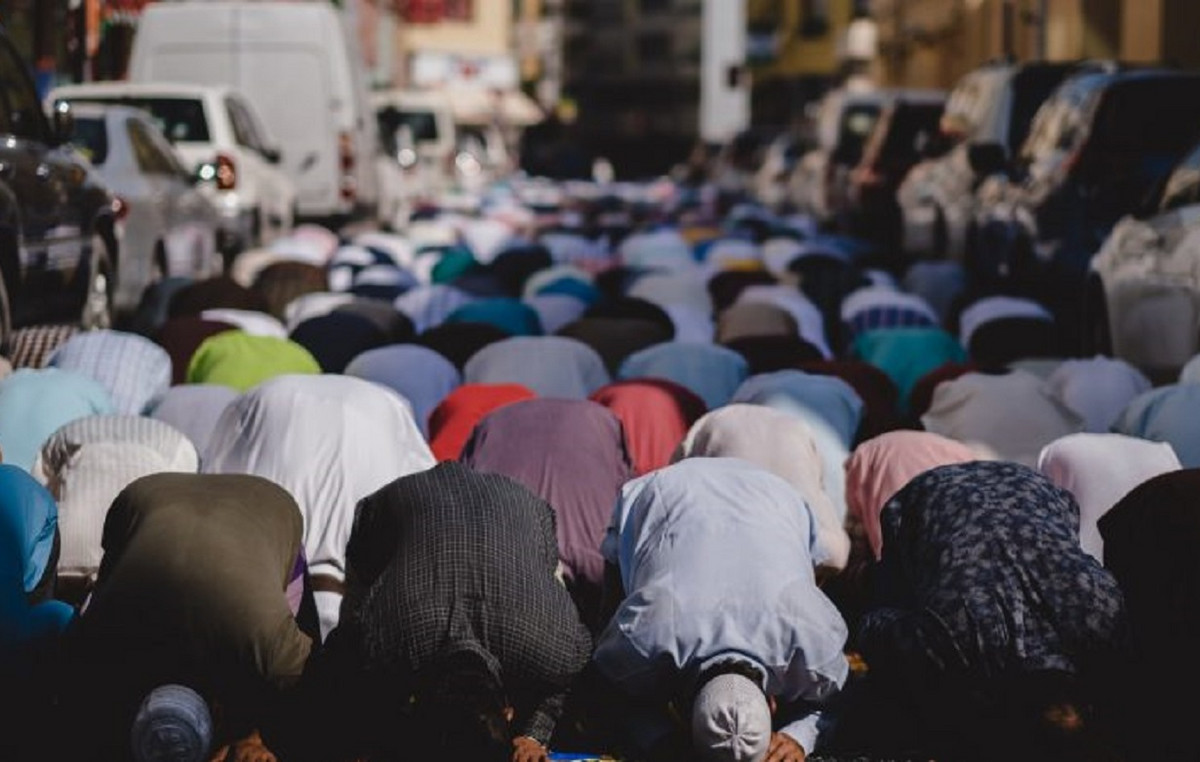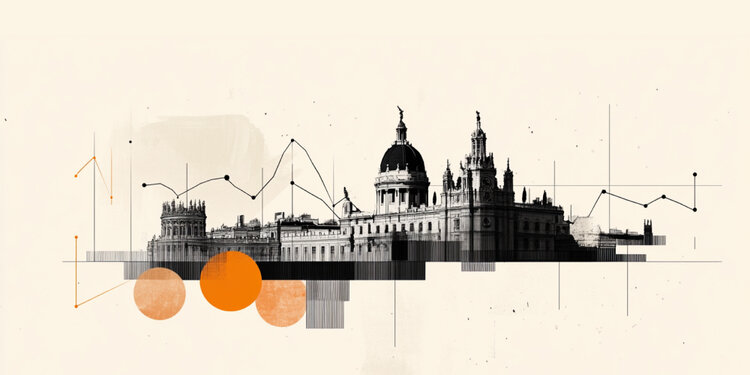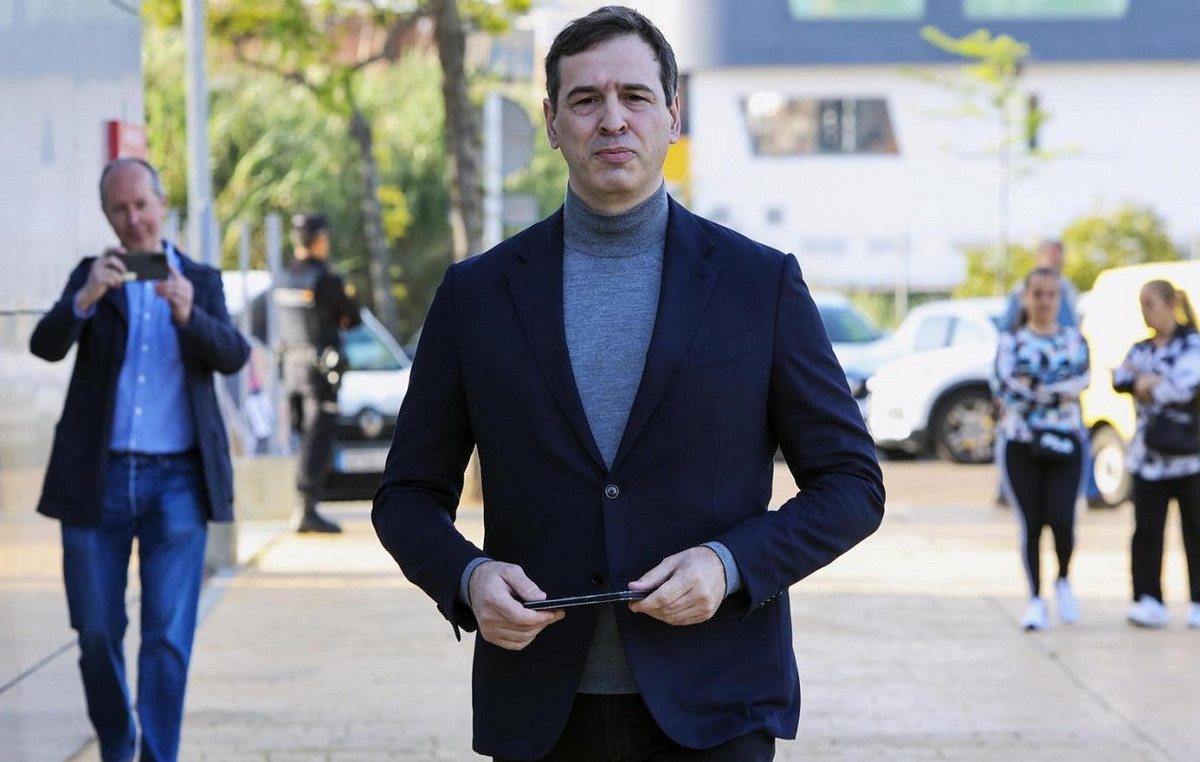The Alfabetiza Brasil survey, prepared by the Ministry of Education (MEC), found that out of the 27 states of the federation, only Santa Catarina reached the minimum literacy level for the second year of elementary school established by the government at the end of May.
The average for the state in the South region was 751.74, less than 9 points above the average of 743 determined in the Basic Education Evaluation System (Saeb). Second place belongs to the Federal District, with 738.09 points.
Alfabetiza Brasil established the necessary parameters to consider a child as literate based on consultations with basic education teachers across the country. Are they:
– ability to read small texts, formed by short periods and locate information on the textual surface;
– be able to produce basic inferences based on the articulation between verbal and non-verbal text, such as comic strips and comics;
– write texts that circulate in everyday life for simple communication purposes, such as invitations and reminders, even with spelling deviations;
A MEC survey points out that 56.4% of children finished the second year of elementary school in 2021 illiterate. The amount is higher than in the previous year, when 39.7% of students completed the period without basic reading and writing conditions.
For Olavo Nogueira Filho, executive director of Todos Pela Educação, greater clarity in the literacy classification is important for ensuring more precise and consistent actions in all spheres. “What the new ad shows for those who didn’t know is that Brazil has a dark picture in front of it with regard to children’s literacy, a situation that has been greatly aggravated by the pandemic”, he says.
For the specialist, the current situation of Brazilian literacy is a “scenario of public calamity”. He believes that such a scenario demands direct involvement from President Lula and a clear demonstration that the Government will take measures.
This Monday, the 12th, the government launched the National Literate Child Commitment, which aims to ensure that all children are fully literate by the end of the 2nd year of elementary school. “We are putting an end to neglect and minor disputes to focus on what really matters: our children who need more than ever adults to hold their hands and guaranteed protection”, said President Luiz Inácio Lula da Silva (PT ) during the event at the Planalto Palace.
ranking
Santa Catarina had the highest score in the second year of elementary school at Saeb with 751.74 points. The Federal District is in second place, with 738.09. The third position belongs to the state of São Paulo, with 735.72, followed by Ceará, the state of the Minister of Education, with 734.04 points. Tocantins, Acre and Amapá had the worst scores among the states.
Classifying by region of Brazil, the North had the lowest score, with an average of 705.24 points. The South of the country had the highest score, reaching 735.48, but it is worth noting that this score is still below the minimum established by the MEC for literacy at this age.
1st – Santa Catarina – 751.74
2nd – DF – 738.09
3rd – São Paulo – 735.72
4th – Ceará – 734.04
5th – Holy Spirit – 733.04
6th – Paraná – 730.65
7th – Goiás – 729.43
8th – Minas Gerais – 726.61
9th – Paraíba – 725.63
10th – Rio de Janeiro – 724.57
11th – Rio Grande do Sul – 724.04
12th – Mato Grosso do Sul – 722.31
13th – Piauí – 720.86
14th – Pernambuco – 719.84
15th – Pará – 718.17
16th – Bahia – 714.97
17th – Alagoas – 713.57
18th – Amazonas – 713.45
19th – Rio Grande do Norte – 710.56
20th – Rondônia – 709.79
21st – Maranhão – 708.93
22nd – Mato Grosso – 706.84
23rd – Roraima – 706.65
24th – Sergipe – 704.35
25th – Tocantins – 698.95
26 – Acre – 695.32
27th – Amapá – 694.34
The Saeb
The Basic Education Assessment System is a set of large-scale external assessments that reflect the learning levels demonstrated by the evaluated students, allowing a diagnosis of Brazilian basic education.
The survey is carried out every two years. Students from the 2nd, 5th, 9th year and three years of high school participate.
The result of Saeb is an indication of the quality of Brazilian education, and the decrease in the average, compared to the previous edition, is a clipping of the effect of the pandemic on education. In 2021, 72,000 Brazilian public and private schools were evaluated, with approximately 5.3 million students.
Source: CNN Brasil
I’m James Harper, a highly experienced and accomplished news writer for World Stock Market. I have been writing in the Politics section of the website for over five years, providing readers with up-to-date and insightful information about current events in politics. My work is widely read and respected by many industry professionals as well as laymen.







